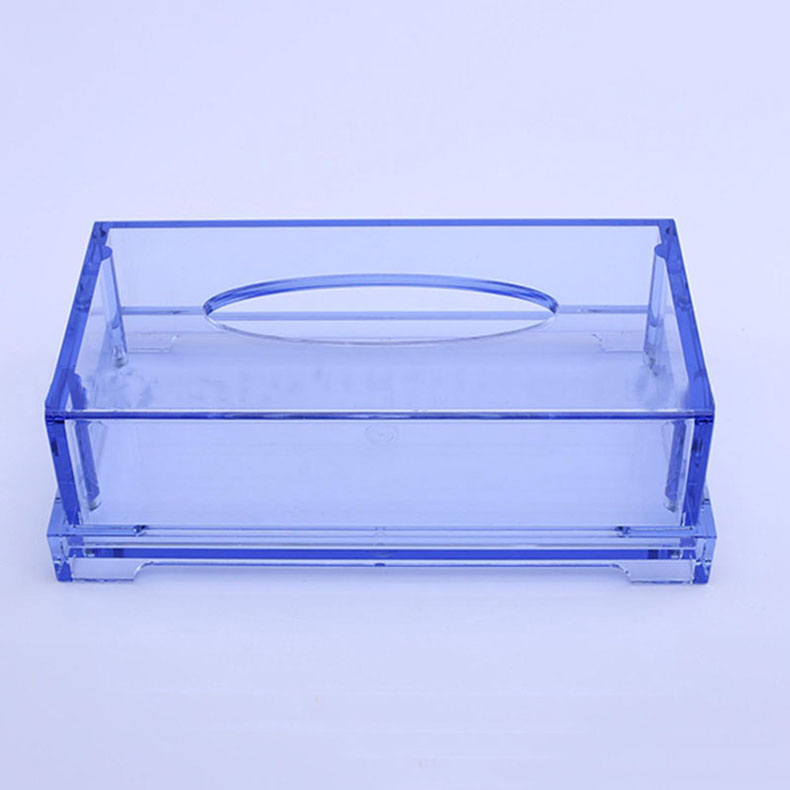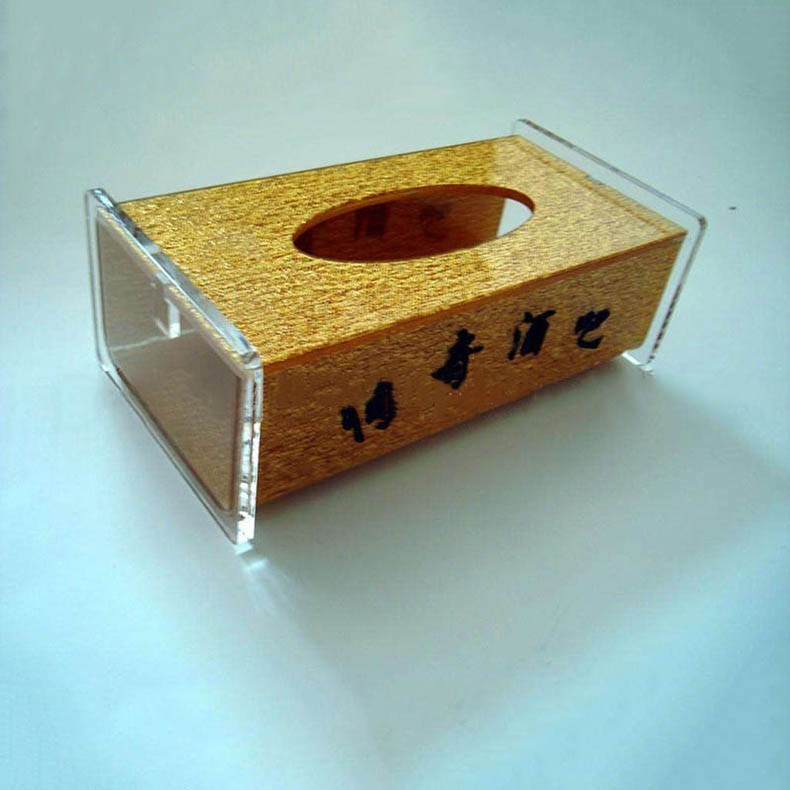Is Acrylic Paint Safe for Lamp Shades?
When it comes to customizing or renovating lamp shades, acrylic paint is often one of the preferred mediums due to its ease of use, versatility, and vibrant colors. However, the safety of using acrylic paint on lamp shades is a critical consideration, particularly when the lamp shade will be exposed to light and heat. This comprehensive analysis will delve into the safety aspects of acrylic paint on lamp shades, examining its composition, potential hazards, regulatory standards, and best practices for safe application and usage.
Composition of Acrylic Paint
Acrylic paint is a water-based paint that contains pigments suspended in an acrylic polymer emulsion. Unlike oil-based paints, which use solvents like turpentine, acrylic paints rely on water as a solvent, making them less toxic and easier to clean up. The primary components of acrylic paint include pigments for color, acrylic polymer emulsion for binding, and various additives for texture, flow, and finish.
Safety Considerations
When evaluating the safety of acrylic paint for lamp shades, several factors must be considered, including the paint’s potential to emit harmful substances, its durability under varying conditions, and its compatibility with lighting fixtures.
1. Volatile Organic Compounds (VOCs)
One of the primary safety concerns associated with paints, including acrylic, is the presence of VOCs. VOCs are organic chemicals that evaporate at room temperature and can be released into the air as the paint dries. Some VOCs are known to have short- and long-term adverse health effects, including respiratory issues, headaches, and in some cases, more severe health problems.
Most high-quality acrylic paints are formulated to minimize VOC content. However, some lower-grade or older formulations may still contain higher levels of VOCs. To ensure safety, it is advisable to choose low-VOC or VOC-free acrylic paints, which are increasingly available on the market. Additionally, proper ventilation during painting and drying can help mitigate the risk of VOC exposure.
2. Heat and Light Exposure
Lamp shades are subjected to varying degrees of light and heat, depending on the type of bulb and the intensity of use. Acrylic paint is generally more resistant to light fading compared to oil-based paints, but its performance under heat is a crucial consideration.
Heat can cause certain chemicals in the paint to break down, potentially releasing harmful fumes or causing the paint to crack or peel. To assess the safety of acrylic paint on lamp shades, it is essential to choose paints specifically formulated for use on non-porous surfaces, such as glass or plastic. These paints are designed to adhere well to smooth surfaces and withstand heat and light exposure better than standard acrylic paints.
3. Flammability
While acrylic paint itself is not flammable, the solvents used in some paints can be. Additionally, certain additives in the paint can alter its flammability characteristics. To ensure safety, it is crucial to use acrylic paints that are designed for interior use and have been tested for flammability. Always check the manufacturer’s instructions and safety data sheets (SDS) for any specific precautions or restrictions related to flammability.
Regulatory Standards and Certifications
In many countries, consumer products, including paints, must comply with specific safety regulations. In the United States, the Environmental Protection Agency (EPA) sets guidelines for the reduction of VOCs in paints and coatings. Additionally, the Consumer Product Safety Commission (CPSC) provides guidelines for the safe use of paints in household applications.
When selecting acrylic paint for lamp shades, look for certifications such as:
Green Seal Certification: Indicates that the paint meets stringent environmental and safety standards.
UL (Underwriters Laboratories) Certification: Ensures the paint has undergone rigorous testing for safety, including flammability and VOC emissions.
Greenguard Certification: Indicates that the paint has been tested for low chemical emissions, making it suitable for indoor use.
Best Practices for Safe Application
To maximize the safety of using acrylic paint on lamp shades, consider the following best practices:
Surface Preparation: Ensure the lamp shade is clean, dry, and free of any dust or debris. Proper surface preparation helps the paint adhere better and reduces the likelihood of peeling or cracking.
Primer Use: Applying a primer before painting can enhance adhesion and provide an additional layer of protection against heat and light exposure. Water-based acrylic primers are ideal for non-porous surfaces like glass or plastic.
Proper Ventilation: Work in a well-ventilated area to minimize exposure to VOCs. Open windows or use ventilation fans to enhance airflow.
Drying Time: Allow the paint to dry completely according to the manufacturer’s instructions before using the lamp. Proper drying ensures that all VOCs have evaporated and the paint is fully cured.
Heat Management: Avoid using high-wattage bulbs that generate significant heat. Opt for energy-efficient bulbs such as LEDs or CFLs, which produce less heat and are less likely to affect the painted surface.
Regular Inspection: Periodically inspect the painted lamp shade for any signs of wear, such as cracking, peeling, or fading. If any damage is detected, consider repainting or replacing the shade to maintain safety and aesthetics.
Conclusion
In summary, acrylic paint can be safe for lamp shades when used appropriately. High-quality, low-VOC or VOC-free acrylic paints, especially those formulated for non-porous surfaces, offer a safer and more durable option for customizing lamp shades. By adhering to best practices for surface preparation, ventilation, and heat management, homeowners can enjoy the decorative benefits of acrylic paint on lamp shades without compromising safety.
Always choose paints from reputable manufacturers that provide certifications for environmental and safety compliance. By understanding the composition, potential hazards, and safe usage practices of acrylic paint, consumers can confidently customize their lamp shades while prioritizing safety.








